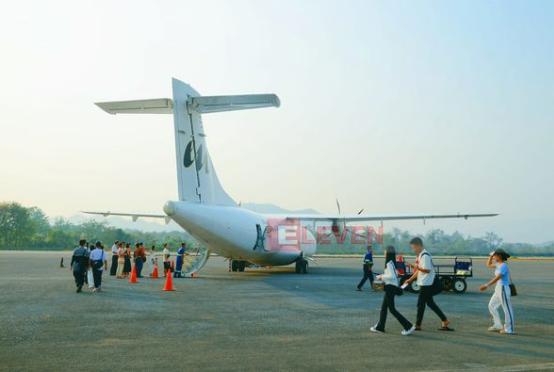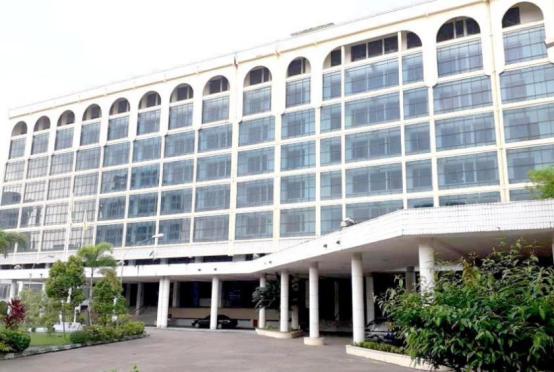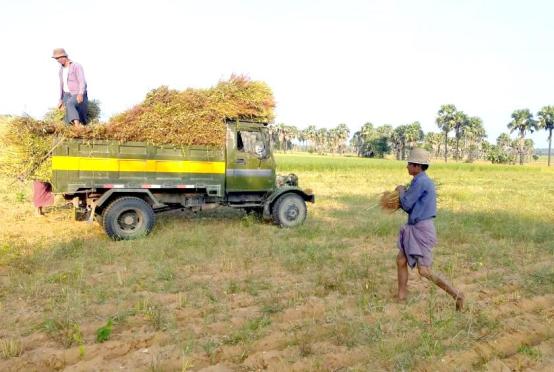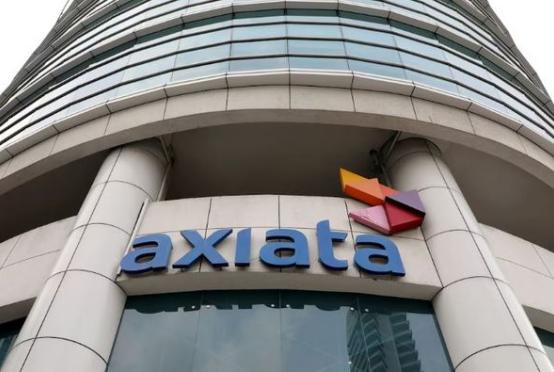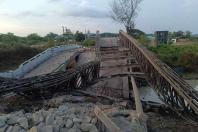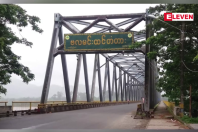
Chiang Rai (The Nation) - Smoother customs clearance, payment systems emerge from Chiang Rai meet
CUSTOMS cooperation and robust financial infrastructure remain the top challenges for Asean in its bid to deepen economic integration and redistribute economic wellbeing.
Asean finance ministers and central bank governors concluded a two-day meeting in Chiang Rai on Friday.
One of the major goals for the 10-nation bloc is a faster, efficient and paperless customs-transit system to facilitate more trade and investment among the member-countries. Thailand, sharing borders with Cambodia, Laos, Malaysia and Myanmar, has much to gain.
The Asean Single Window (ASW) is an ambitious project designed to reduce logistics costs, make clearing and transiting border customs checkpoints easier and increase productivity in both the public and private sectors.
The window is supposed to facilitate by electronic means more-convenient customs procedures, goods in transit, tax claims and licensing approval.
“Five or six countries have developed their own national single window and are ready to link with other Asean members,” Thai Finance Minister Apisak Tantivorawong told reporters at the close of the meeting.
Cambodia and Myanmar will be ready to link in a few months, while Laos may be delayed in developing its single window, but Thailand is providing assistance, he said.
“We expect all countries to participate in the ASW by the end of this year,” said Apisak.
Thailand and its neighbours also discussed common inspections of goods at border points to reduce time. Goods are typically inspected twice – by both the exporting and importing country. Combining the inspections would lower logistics costs for the private sector.

Finance Minister Apisak Tantivorawong
Currently, only Thailand and Laos have implemented joint inspections at the border, Apisak said.
Thailand is also considering issuing bills of lading for goods that foreign ship across the Thai border bound for ports in the Eastern Seaboard. These currently need to go through customs procedures at both the border and the seaport, resulting in wasted time and high logistics costs.
In Asean payment connectivity, the bloc is trying to leverage the digital revolution for deeper economic integration.
Thailand is trying to persuade other countries to adopt the QR-code payment system by which Thailand ties bank accounts to phone numbers and allows people to use a mobile application for financial transactions.
Cambodia, Indonesia and Laos are interested in the concept, said Apisak.
Executives of Chinese e-commerce giant Alibaba Group want to use Thailand’s QR code and will discuss it with the Bank of Thailand soon, he said.
The Thai QR-code system causes no loss of business for other partners because remittances are sent back to their own banks, he said.
Singapore has its own QR-code standard and with Thailand has developed a digital infrastructure for e-payment that accommodates the code. In Thailand it’s called PromptPay and in Singapore PayNow.
An estimated 41 million Thais, from a population topping 60 million, have registered with PromptPay, whose user-base is far larger than that of PayNow, said Apisak.
Holders of state welfare cards, estimated to number 14.5 million, contribute to the huge number of PromptPay users.
“This has allowed low-income people to access financial services – I think nearly 100 per cent of the population,” said Apisak, who disputes recent financial statistics that suggested a rate of 80 per cent.
Credit should be given to the Bank of Thailand, which developed PromptPay and QR-code payments, he added.
Central bank Governor Veerathai Santiprabhob, however, conceded that PromptPay will need an upgrade before it can be linked with PayNow. “The linkage could take place in the second quarter of next year,” he said.
The challenge in financial integration is that each country is at a different stage of development and the scope for connectivity depends on their readiness, Veerathai said.
 Finance Minister Apisak Tantivorawong and Central bank Governor Veerathai Santiprabhob
Finance Minister Apisak Tantivorawong and Central bank Governor Veerathai Santiprabhob
He and his counterparts in Indonesia, the Philippines and Malaysia agreed to use or expand the scope of local currency use for debt settlements in the region.
Veerathai invited banks and non-banks to demonstrate their digital financial services at the Asean Ministers’ Meeting last week, seeking to promote Asean payment connectivity and financial integration.
The Asian Development Bank has forecast the region’s economy to grow 4.9 per cent this year, slowing from 5.1 per cent last year. It also predicted 3.9 per cent growth for Thailand’s gross domestic product this year.
Box:
How the money is meant to move
Existing Financial Services under Asean Payment Connectivity
- Cambodia and Thailand: Interoperable |QR payment by Siam Commercial Bank.
- Indonesia and Thailand /Intra-Asean: Letter of credit service on Enterprise Blockchain by Bangkok Bank.
- Laos and Thailand: Cross-border QR |payment by Thanachart Bank and |Laos-based BCEL.
Real-time international fund transfer for business using blockchain technology by Krungsri Bank.
- Malaysia, Philippines and Thailand: SpeedSend, a cross-border money transfer by CIMB Group.
- Myanmar and Thailand: Remittance |powered by Everex provided by Krungthai Bank and Shwe Bank.
- Singapore and Thailand: BeWallet |interoperable QR payment by Bangkok Bank and UOB.
Remittance transfer via API by DBS and Kasikornbank.
Cashless experience through cross-border |QR payment by AIS mPay, Singtel Group and Kasikornbank.
Source : Bank of Thailand

